For many photographers, traveling with film is an essential part of their craft, often raising the question: can airport security checks damage my film? This concern stems from the fact that airport scanners use X-rays, which could potentially harm photographic film. It’s an issue worth exploring if you’re a photographer planning to fly with undeveloped film in your carry-on or checked luggage.
Does Airport Security Ruin Film?
Fortunately, there are measures travelers can take to protect their film from damage while going through security checkpoints. Before screening, travelers should notify the TSA about their film and declare it as a separate item. This allows officers to take extra precautions when they screen it and avoid any potential damage to the film.
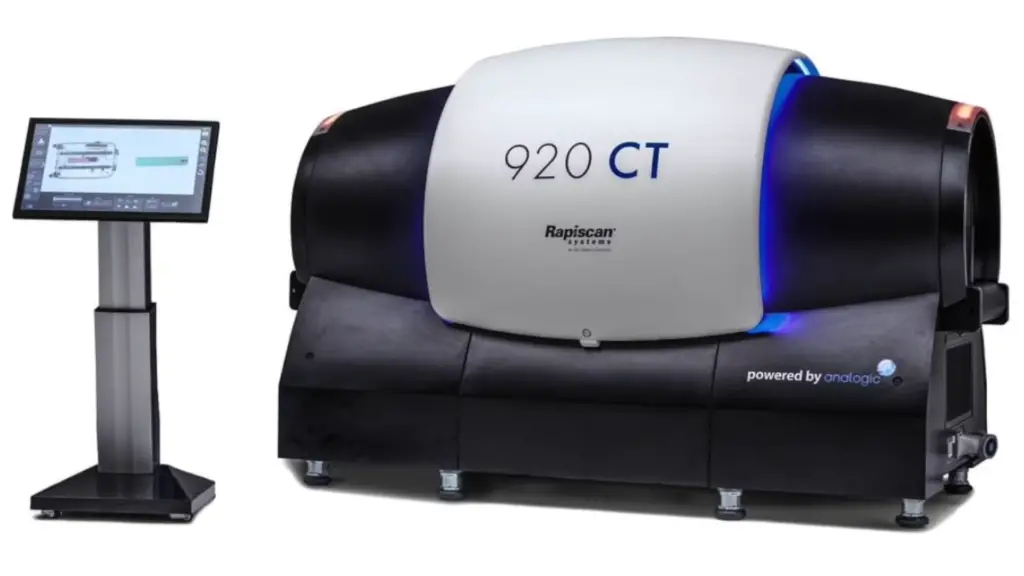
In addition, travelers should ensure that all film is properly sealed in its packaging. If possible, the traveler should also remove the film from its canister and place it in a clear plastic bag. This will help the officers to identify it quickly and reduce the risk of accidental exposure or breakage.
It is also important for travelers to be aware of local regulations regarding film in airports. While some countries may not allow certain types of film, others may require special packaging or storage measures in order to carry them on a flight. Knowing these rules ahead of time can help travelers prepare for their journey and minimize the chances of having their film damaged in airport security.
Lastly, travelers should make sure to use a good-quality camera bag for their equipment. Quality bags are designed to protect fragile items like film from potential damage or shock during transit. Investing in a quality bag is an important step for any traveler carrying film.
Overall, airport security can be a stressful experience for travelers, especially those carrying delicate items like film. By following the above tips and making sure to declare any fragile items, travelers can protect their film from unnecessary damage in the screening process. While there is no guarantee that airport security will not cause harm to film, these steps can help minimize the risk of such an event. [1]
The Process of Airport Screening
When it comes to airport security, film is just another item that needs to be screened. The process is similar to other items: the bag and its contents are put through an X-ray machine. In cases where the X-ray image is unclear or suspicious, additional measures may be taken by TSA personnel, such as opening the bag and hand-searching the items.
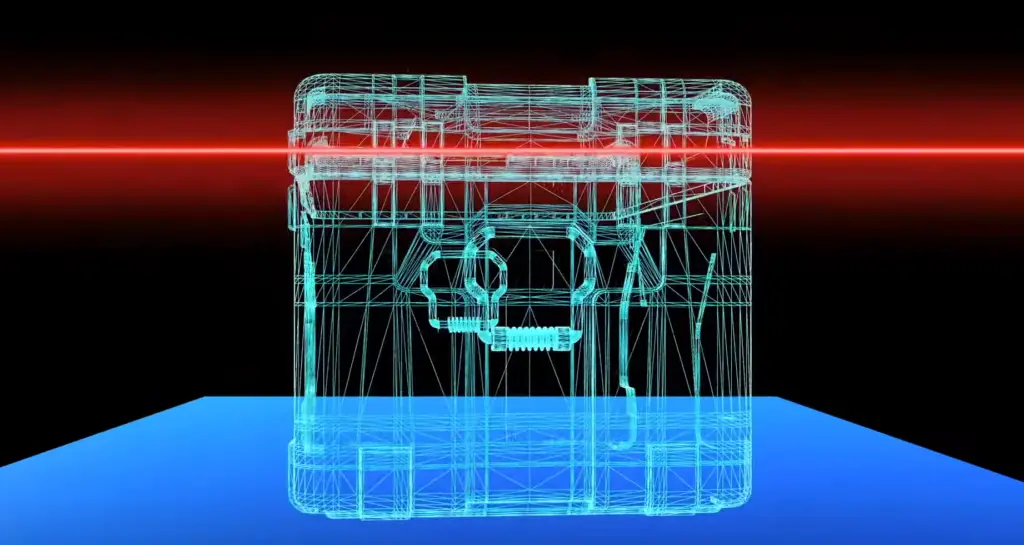
Therefore, if you are transporting film through an airport, it is important to be aware that all of your belongings will go through a screening process and should you need to have any specific equipment hand-inspected, it can take additional time. If you are in a hurry, it’s better to leave your film at home or choose another form of transportation.
It is also important to note that while the X-ray machine will not damage the film, it may affect its photographic quality. In particular, high-speed films are known to be vulnerable to X-rays and may suffer a decrease in quality if exposed too much. To reduce the risk of any damage, you should package your film properly before traveling and always carry it in your own bag to avoid unnecessary handling.
Overall, film can safely travel through the airport screening process without being damaged as long as properly packaged and handled with care. However, there is still a risk of diminished quality if exposed to too many X-rays, so it’s best to exercise caution when traveling.
Tips For Traveling With Film
When traveling with film, it is recommended to follow some basic tips in order to minimize any potential damage:
- package the film carefully with layers of padding and/or airtight containers
- use opaque bags or boxes that do not expose the contents
- carry your own bag and indicate clearly if there are any fragile items
- request hand-inspection if necessary
- avoid putting the film through X-ray machines multiple times
- make sure to have sufficient time to complete the screening process.
By following these tips, you can help ensure that your film is not damaged during airport security and will arrive in its original condition. If you do experience any issues or have any questions, make sure to talk to a TSA representative so they can help you out. [2]
The Benefits of Pre-Screening Film
The great thing about pre-screening film before going to the airport is that it helps reduce the chance of your film getting damaged by security. By having a professional check it first, you can be sure that it will pass through security without any issues. This way, you don’t have to worry about your film getting ruined in transit or in the airport security line.
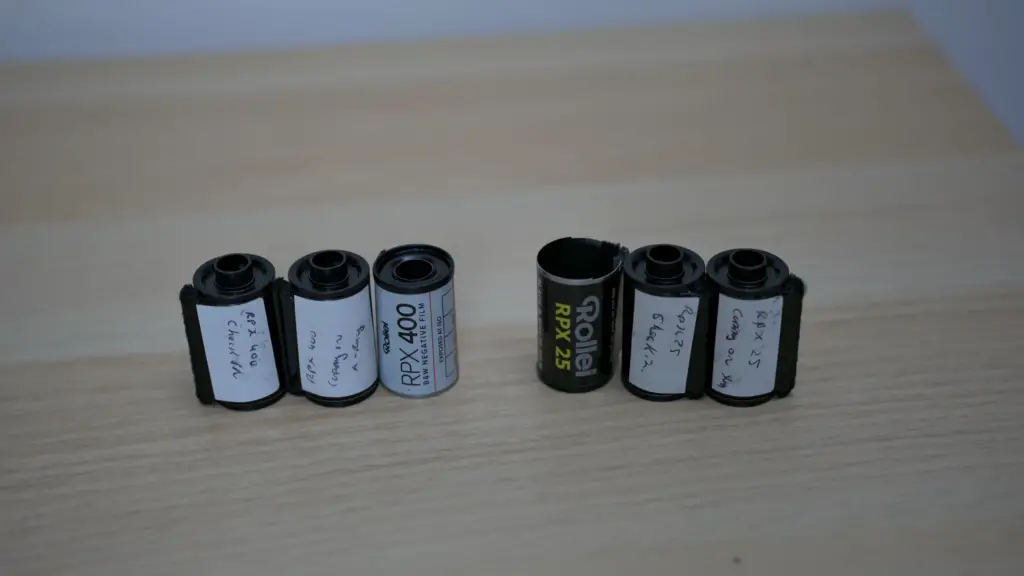
Another benefit of pre-screening your film is that it can help cut down on wait times at the airport. By having a professional check your film before you go through security, you’re less likely to get held up by any issues that could arise from bringing it onto an airplane. This can save you time and stress when it comes to getting through security.
Finally, pre-screening your film can be a great way to ensure that you have the best possible experience taking pictures or shooting video at your destination. By having a professional check it before you go, you can be sure that it will be in top condition when you get there. This helps guarantee that your finished product will be up to your standards.
Overall, pre-screening your film before going through airport security is a great way to reduce the chance of it getting damaged and ensure that you have the best possible experience while traveling with your camera equipment. It’s always a good idea to double check with an expert beforehand to make sure everything will go smoothly at the airport. [3]
Common Airport Security Rules for Cameras and Film
When traveling with cameras or film, it’s important to familiarize yourself with the common airport rules to ensure that your gear makes it through without any issues. In general, you should be aware of the following:
- Most airports will require you to put your camera or film through the X-ray machine.
- You may be asked to remove any memory cards and put them in a separate tray for security scanning.
- Any additional film rolls or batteries will need to be screened separately as well.
- If you’re carrying any liquid form of photography equipment (like film developer), make sure it is properly labeled and within the allowed quantities.
- Any camera or video equipment must be put through security separately from your carry-on bag.
By understanding these rules and regulations, you can help ensure that your camera or film makes it through airport security without any issues. Just remember to keep all of your photographic gear in its original packaging so that it can be easily identified by security.

Tips for Flying with Camera Gear
Traveling with a camera or film can be a stressful experience, but there are some things you can do to make it easier. Here are some tips for flying with camera gear:
- Make sure your equipment is properly packed and protected in order to minimize the chance of damage during transit.
- Make sure your camera or film is accessible and easily identifiable for security screening.
- Consider pre-screening your film before going through security to reduce the chance of it getting damaged in transit.
- Know and follow all airport security rules when traveling with camera gear.
- Take extra batteries, memory cards, and other accessories in case of.
By following these tips, you can help ensure that your camera and film make it through airport security without any issues. And if you ever run into trouble, don’t hesitate to ask for help from airport staff or security personnel. They are there to help make sure your travel experience is as smooth as possible! [4]
Keeping Your Film in Good Condition
In addition to following the tips above, there are a few things you can do to help keep your film in good condition while traveling. Here are some helpful tips for taking care of your film on the go:
- Store your film in its original packaging or an airtight container. This will minimize exposure to dust and other contaminants that could damage it.
- Avoid exposing your film to extreme temperatures. Try to keep it at room temperature or below whenever possible.
- If you’re traveling long distances, consider carrying a spare roll of film in case the one you’re shooting gets damaged.
- Keep your camera and film away from direct sunlight for extended periods of time. This can cause it to become discolored or damaged.
- If you’re traveling by air, consider keeping your film in the overhead bin or purchasing a seat for it. This will help minimize the chance of damage due to turbulence.
By following these tips, you can help ensure that your film stays in good condition while traveling and makes it through security without any issues.
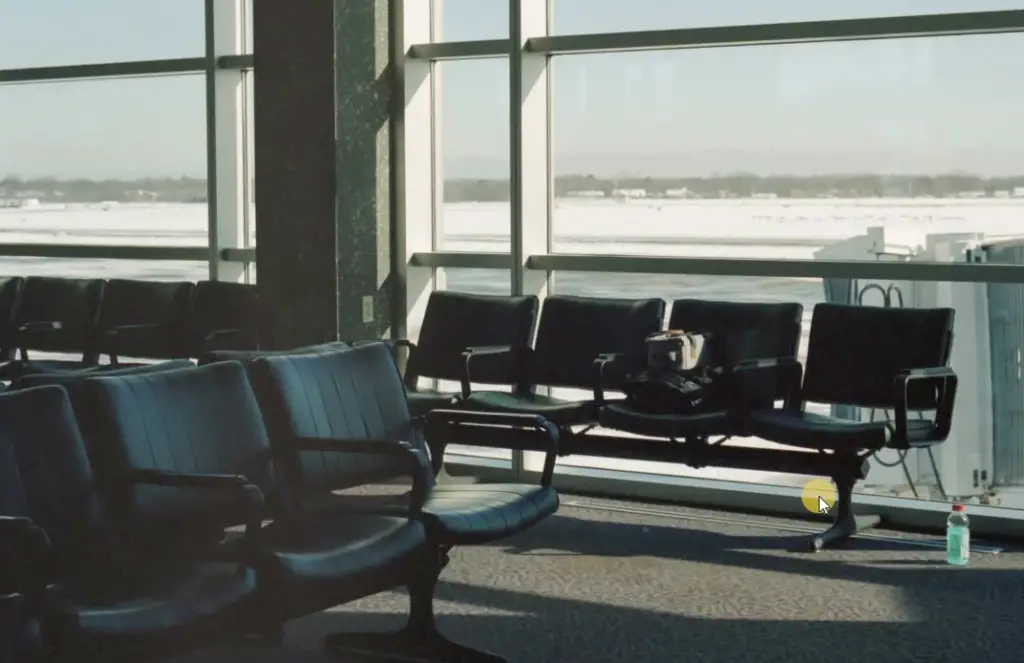
Types of X-Ray Machines Used in Airport Security
Airport security systems use two types of X-ray machines to scan luggage for potential threats – dual view X-ray machines and single view X-ray machines. Dual view X-ray machines are designed to detect items in two directions simultaneously, allowing operators to look for inconsistencies between the top and bottom images. Single view X-ray machines provide a single image, allowing operators to spot potential threats more quickly.
Depending on the airport, both types of X-ray machines may be used in tandem or independently. Generally speaking, dual view X-ray machines are better at detecting objects hidden within luggage and other containers. On the other hand, single view X-ray machines are better suited for identifying larger items that can’t fit inside a container.
FAQ
Does airport security ruin film?
The short answer is no. While film can be damaged by exposure to radiation, the amount of radiation used in airport security screenings is too low to cause any significant damage. However, it’s still important to follow the instructions provided by TSA and airline personnel when traveling with film. This includes removing all undeveloped film from carry-on bags prior to passing through security. Additionally, if possible, it’s safest to transport undeveloped film in hand luggage rather than checked bags.
What is the best way to protect film from airport security?
The best way to protect film from airport security is to remove all undeveloped rolls of film from carry-on bags before passing through security. If you do need to check undeveloped film, make sure to store it in an opaque container that won’t be damaged by the X-ray machines. Additionally, you should never stack multiple cannisters of film on top of each other; this could potentially cause the films to stick together and ruin them. Finally, it’s important to keep all undeveloped film away from metal objects such as coins, keys, and cell phones which could cause static electricity that could damage the film.
How do I know if my film has been damaged by airport security?
If you suspect that your film may have been damaged by airport security, there are a few signs to look out for. These include discoloration and spots on the film, faded colors, and blurred or splotchy images. If you notice any of these signs after your film has been through airport security, it’s best to take the roll to a professional photographer for further evaluation.
What precautions can I take to protect my film at the airport?
The best thing to do is to pack your film in hand luggage. This will give more control over the environment and prevent any potential damage from being done by airport workers or security personnel. Wrapping it up in bubble wrap, padding, or other protective material can also help to minimize potential exposure to damaging radiation levels. Additionally, storing the film in checked luggage with an x-ray-proof container will also help protect the film from any radiation during airport security. It’s important to check with the airline beforehand to see what their restrictions are for carrying and storing items like film in checked luggage. Lastly, if you must have your film go through a scanner, make sure that it is marked clearly as “film” so that airport security will know to take extra precautions in handling it.
Can I avoid my film getting X-rayed at all?
In some cases, yes! If you are flying domestically within the United States, you may be able to opt out of having your items X-rayed and instead have them hand searched. However, this is only available for certain airports and airlines so check with yours prior to traveling. Additionally, US Customs & Border Protection offers a service in which they will screen film in a manner that is less damaging than X-rays. You will need to fill out a specific request form for this service and submit it before your travel date.
What should I do if my film does get exposed to radiation?
Unfortunately, you can’t undo the damage that has been done but there are ways of mitigating the impact. Firstly, you may want to get your film professionally processed and inspected for any potential damage. If there is some, you can then decide whether to have it retaken or simply discard it. Additionally, if the exposed film was stored in containers that provided additional protection from radiation, you may be able to recover a usable image with minimal damage. Lastly, make sure to properly store and label any film that has been exposed to radiation in order to avoid it getting damaged further.
Does the type of film (black and white, color) affect its susceptibility to X-rays?
Yes, color film is generally believed to be more susceptible to X-ray exposure than black and white film. This is because the dyes used in color film are not as light-resistant as those found in traditional b&w photography. For this reason, it’s best to take extra precautions when transporting or storing color film near radiation sources. Additionally, the age of film can also play a role in its susceptibility to X-rays, as older film tends to be more sensitive than newer film. As always, it’s best to consult with an expert or do some research yourself before traveling with any type of film.
Useful Video: What Happens if Film Goes Through TSA Scanner at an Airport??
Conclusion
Traveling with film can be risky, but by taking the right precautions and understanding how radiation affects film, it is possible to protect your photographs from the dangers of airport security. Always check in advance with the airline about their policies regarding carrying film through security and make sure you know what kind of protection it needs in order to remain safe. Additionally, if your film does get exposed to radiation, take the proper steps to have it professionally processed and inspected before attempting to reuse it. By following these tips, you can ensure your film survives the travel experience unscathed.
References
- https://www.mcgill.ca/oss/article/technology/flying-film
- https://thedarkroom.com/bringing-film-airport-security-x-rays-film/
- https://parallaxphotographic.coop/guide-to-travelling-with-film/
- https://www.camerasbymax.co.uk/blogs/get-to-know-film/can-i-take-film-through-airport-security
- https://www.popphoto.com/how-to/fly-with-film/





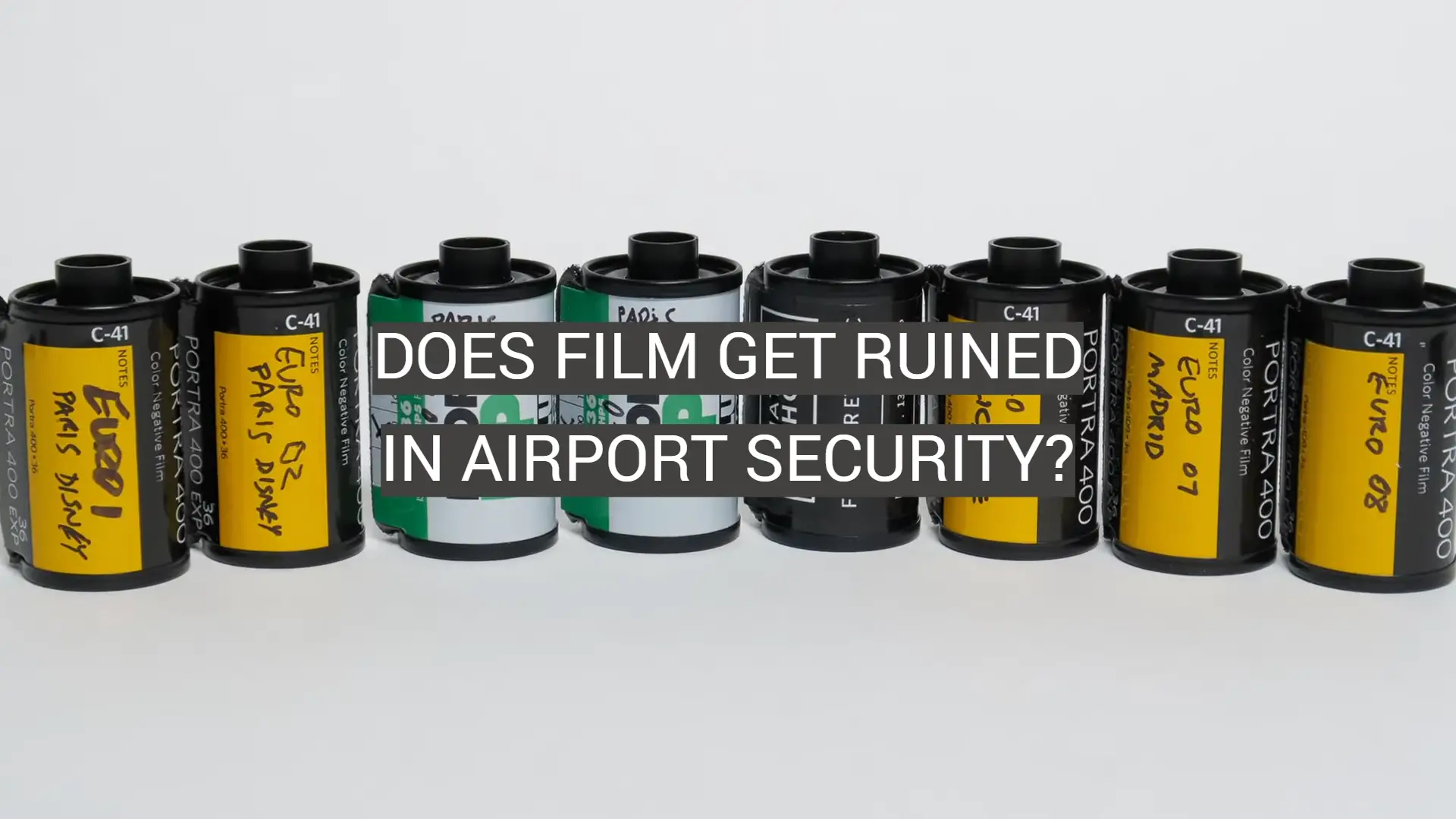
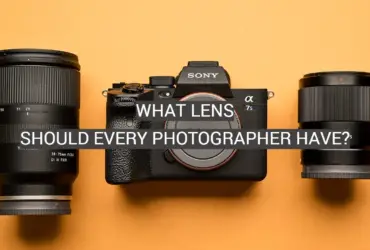
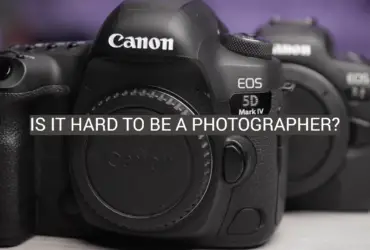
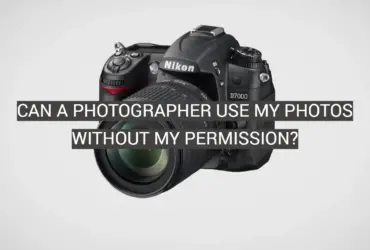



Leave a Reply